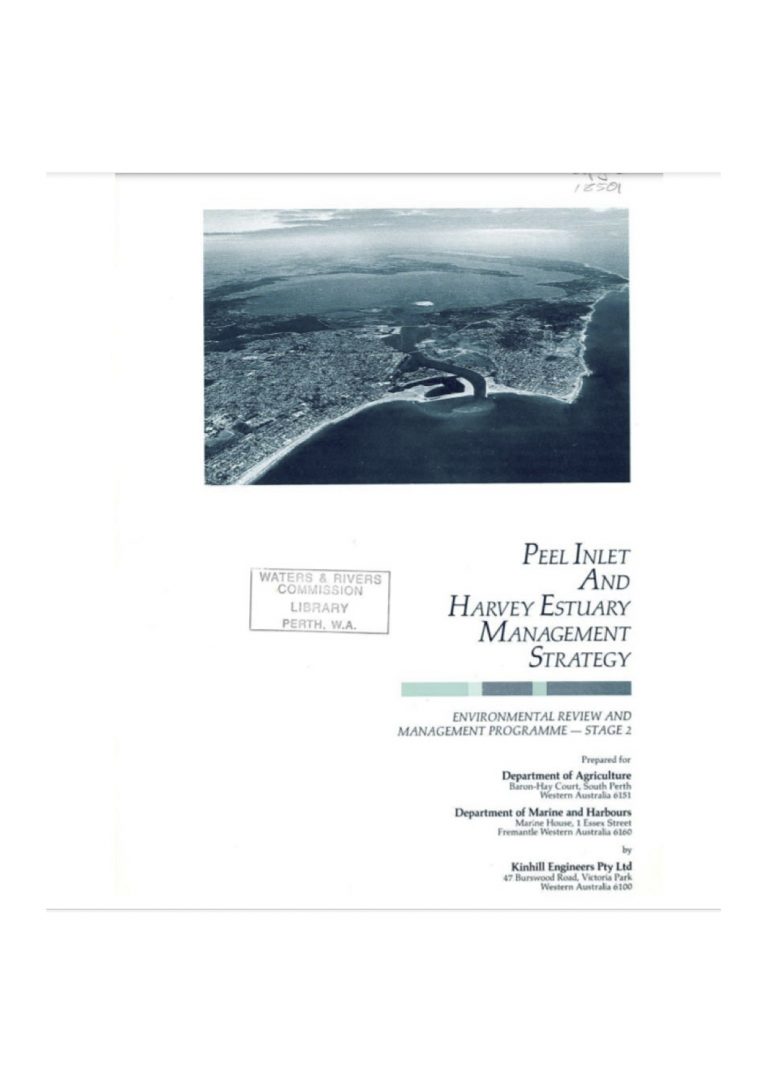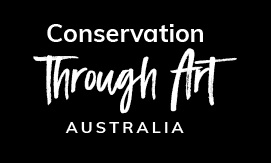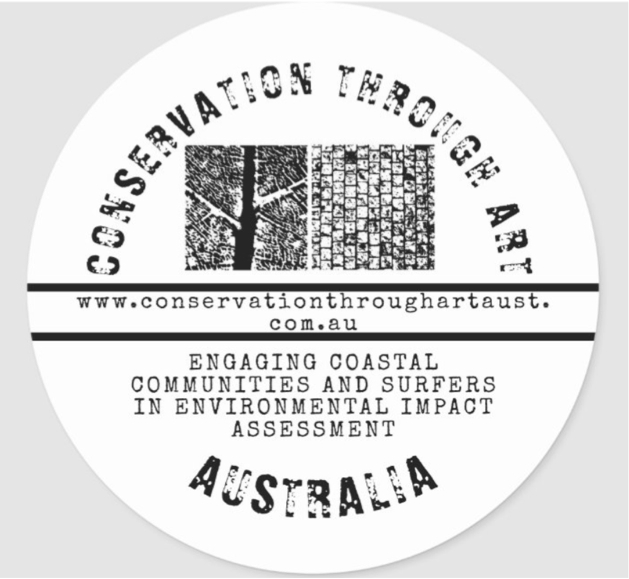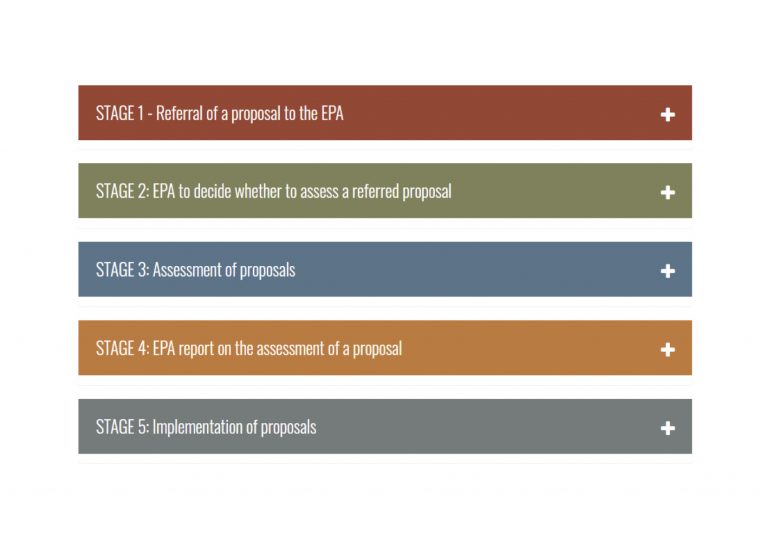
Environmental Impact Assessment (EIA from here on) is conducted by the Environmental Protection Authority (EPA from here on) here in WA. The process is summarised into the very simplified diagram (courtesy of the EPA website) above and for a great introduction into some of the problems we currently face here in Australia with our EIA process, the article below is well worth reading:
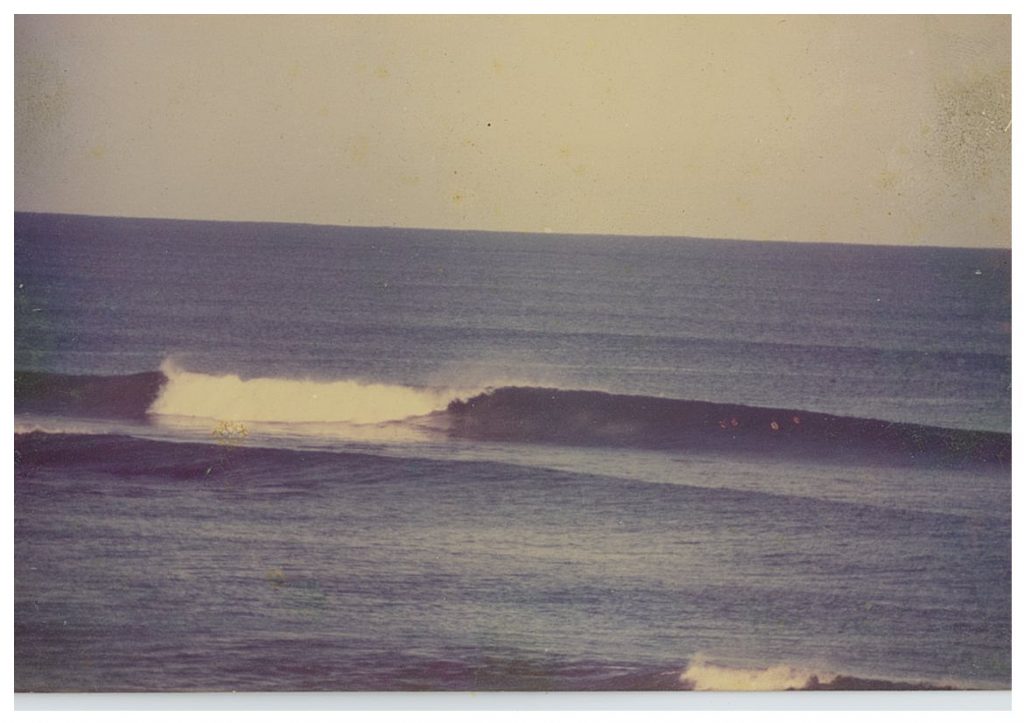
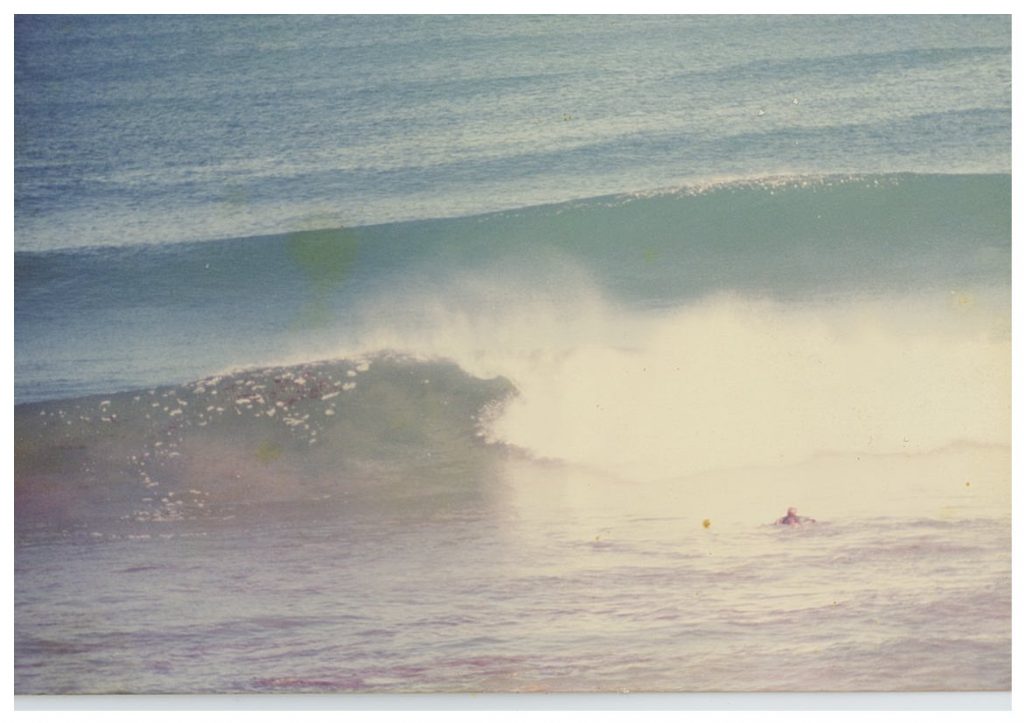
EIA – Where to begin? The disappearance of ”Dixies” reef break in Mandurah : a case study.
EIA is the main method of analysing the potential environmental impacts of major developments in Australia. It is conducted by the EPA, with final decisions being handed over to the existing Minister for the Environment. It involves a process of environmental assessments and recommendations within a process that attempts to minimise environmental damage and impacts using the EPBC Act 1999, as well as a selection of other legislation. EIA focuses on significant impacts on designated ”matters of national environmental significance” such as threatened species and world heritage properties. This essentially means that a lot of projects and developments are overlooked and only a limited number of projects are subject to a federal/Commonwealth EIA assessment process.
The photos above are genuine. They were taken many years ago and are real photos of a reef break called Dixies in Mandurah south of Perth. Dixies was destroyed when the Dawesville Channel was constructed to address the problem of eutrophic water within the Peel-Harvey Estuary. Were surfers consulted at the time as part of the EIA process? Were they given a voice and did the destruction of a quality surf spot have any place in the EIA process associated with the cutting of this channel? The answers to these questions is NO.
Upon accessing the EIA documents associated with the Dawesville Channel, I found that surfers, surf spots and surfing were not even mentioned in the initial impact analysis. There were several parts of the EIA that would have/could have potentially mentioned impacts on the surfing community, but the assessment overlooked the impacts from the construction of the channel on the actual beach and reef structures in the area where the channel was planned to exit into the ocean. Even in a section within the report titled ”Secondary Environmental Impacts”, there was no mention of impacts resulting from changes to the beach or intertidal zone geomorphology or shore/near shore reef and sand structures where the channel was planned to exit to the ocean. Though there was some mention of impacts to vegetation and soils along the edges of the channel, the assessment predominantly focused on impacts to the Peel-Harvey estuary itself.
EIA in Australia focuses on what the EPBC Act 1999 refers to as Matters of National Environmental Significance. There are nine of these :
1: World Heritage Properties.
2: National Heritage places.
3: Wetlands of International importance (RAMSAR wetlands).
4: Nationally threatened species and ecological communities.
5: Migratory species.
6: Commonwealth marine areas.
7: The Great Barrier Reef Marine Park.
8: Nuclear Actions (including uranium mining).
9: A water resource, in relation to coal seam gas development and large coal mining development.
Surfing, surfing places and surfers are not part of this list. Apparently.
The image below is the front cover of the initial EIA for the construction of the channel, with the proponents being two government departments – the Department of Agriculture and the Department of Marine and Harbours.
